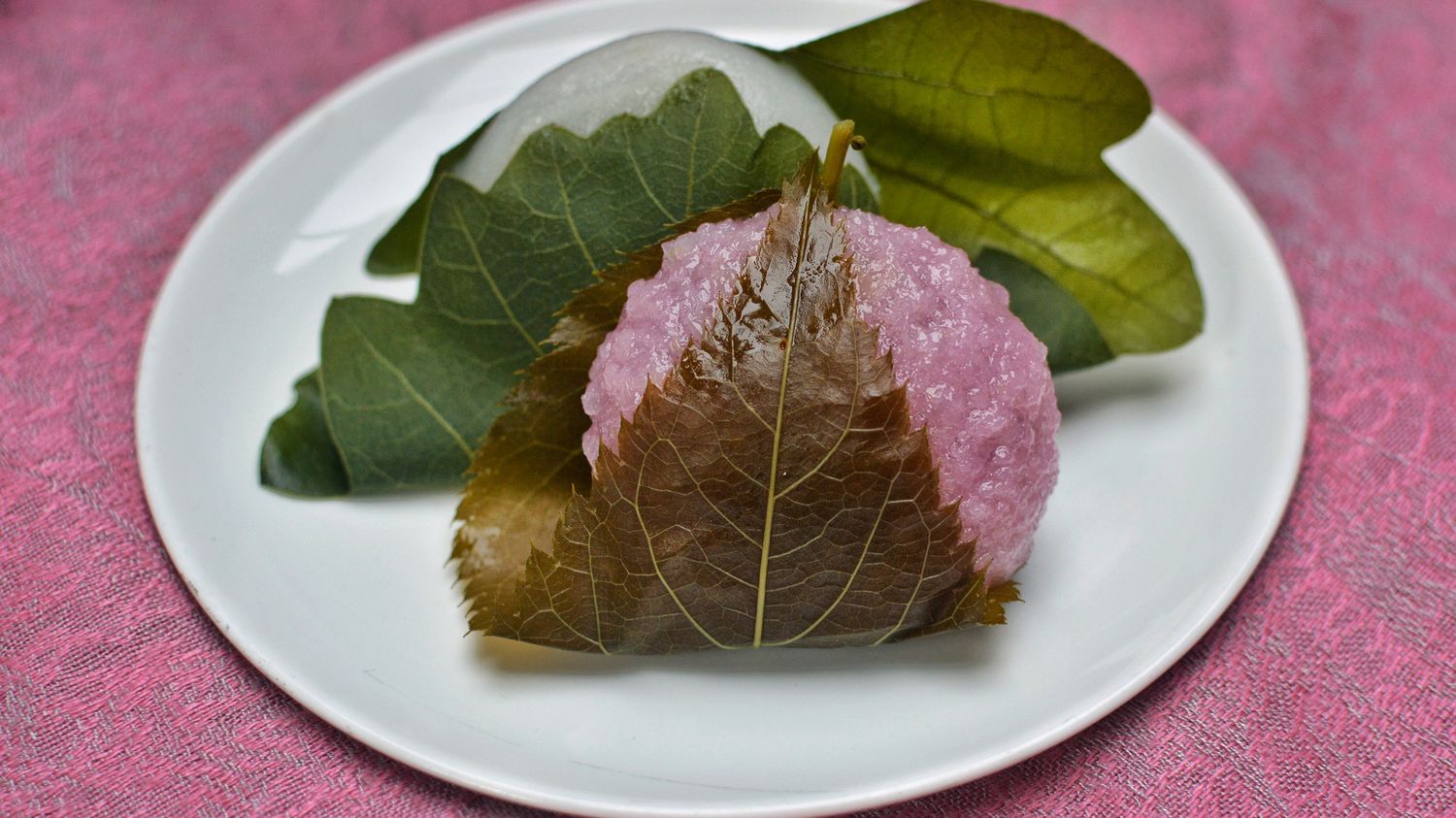In Seoul, researchers may have found the beginnings of a solution to world hunger and global warming. A hybridization of rice and beef, rich in proteins but poor in carbon footprint, was carried out in the laboratory.
Published
Reading time: 3 min

On paper, it’s the perfect food. Rice rich in protein with a very slight taste of grilled beef. Researchers at Yonsei University in Seoul, South Korea, have just presented a hybrid of rice and beef developed in the laboratory. This new product could become a fairly complete staple food for populations lacking protein. It would also indirectly reduce CO2 emissions on the planet.
From the outside, it looks like normal rice, except that the grains are slightly pink, more opaque and a little rounded like in a risotto. The pink color comes from the manufacturing process which takes place in a laboratory at Yonsei University in Seoul.
Beef protein without killing beef
The rice is first treated with fish gelatin and enzymes to create a favorable environment for cell growth. Then the grains are slowly infused with beef cells. These are muscle cells, therefore meat cells, and fat cells. These cells gradually infiltrate the rice grains and will multiply naturally. The rice thus becomes more and more rich in protein and can be eaten without danger after about ten days.
The resulting hybridization is a more nutritious food than normal rice. It contains 7% more fat and 8% more protein. It therefore contains animal proteins, which contain the amino acids essential for a good diet. This food would be perfect for feeding people who usually cannot access these rich components. Particularly in regions where it is very difficult to breed livestock.
Researchers also assure that it has big benefits for the planet. Beef cells are collected without killing the animals. We could therefore reduce the size of cattle farms which generate a lot of greenhouse gas emissions.
Future opportunities
Yonsei researchers want to further improve this rice before commercializing it. To become a truly effective food source and not just a beef-infused rice, it needs to be even richer in animal protein. For now, they arrive at a ratio of 99% rice and 1% beef. Scientists want to further develop its ability to absorb proteins to boost the meat content.
But, they believe in several outlets for their hybrid cereal. Food could be mobilized in cases of famine. Scientists are also thinking about rations for the military who need dense and complete foods and why not also serve this beef rice for the next human missions to space.
